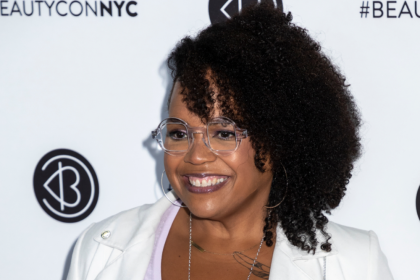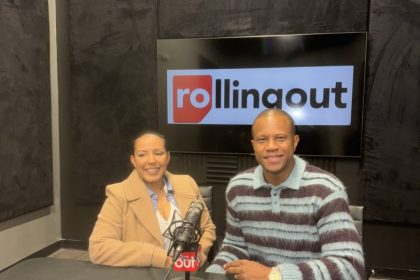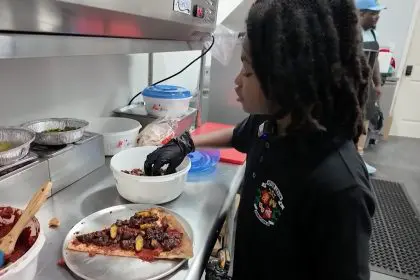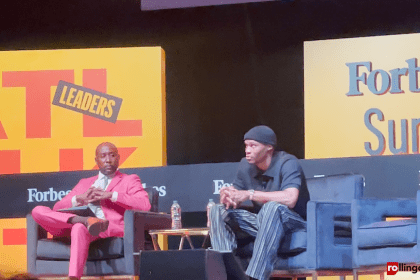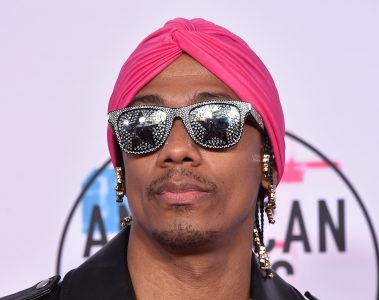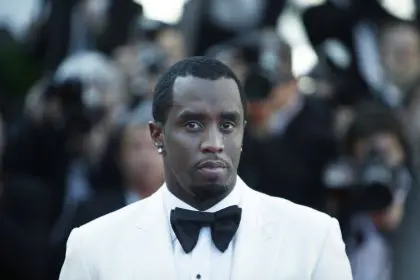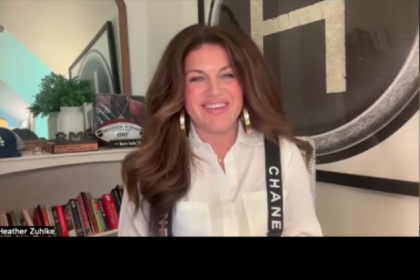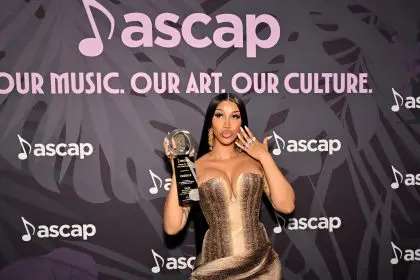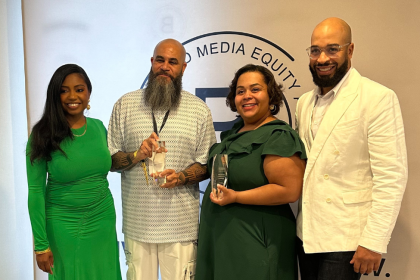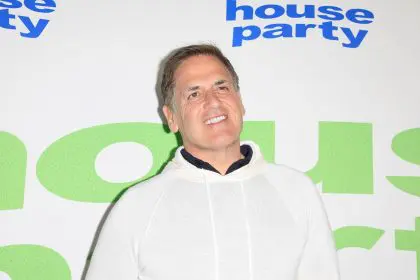Describe the production process for Stuyvesant Champagne.
The process wasn’t easy. This really started over two years ago, but I kept it to myself. If you want a champagne brand, you cannot make any real contacts if you’re in the United States. You’re going to have to uproot yourself and go out to the region. That was hard for me because I was working full time. I would leave Friday, get there [to France] early Saturday morning, and I would fly late Sunday to get back to work Monday. At first, it was hard to make the contacts because I don’t speak the language. Google was my best friend. I met a man who was opening a bar in Congo, and we were just swapping stories in France. I told him my goal, and he’s like, “I can help you with that.” He ended up starting the contacts for me, and then I began to make my own contacts.
How has the pandemic impacted your business?
Being that we import from France, shipping was hard, and it was nonexistent for almost two months. With our customers, 98 percent of them understood. If I could morph there and back, I would. But I told myself when this lifts, I can’t be in the same space that I was in when I entered, and we needed to have new products, so that’s the time I took to research.
What’s next for Stuyvesant Champagne as you expand your brand?
In August, we’re kicking off our wholesale retail. We’re going to the shops in New York, California, Florida, Illinois, D.C., and Georgia. North Carolina is up next. We also have a new product popping off — champagne popsicles from our manufacturer, FrutaPOP.

